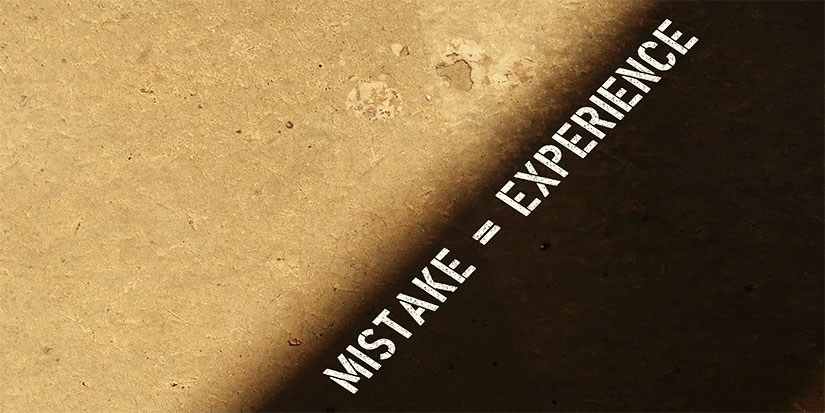
The More Mistakes, the Better
Trading acumen is 10% academic study, 30% experience, and 60% mistakes. You really do only learn by doing.
I have made, what, thousands of mistakes in my trading career? And there are different species of mistakes. There are out-and-out dumb things that cost you a lot of money, and then there are minor suboptimal things that cause you to make a little less money on a trade.
In trading and in life, you try to learn from your mistakes and not repeat them. If you repeat them, you are an idiot. I will cop to having repeated a few mistakes over the years. The excruciating ones, though, you tend not to forget. I made a multiple six-figure mistake in 2017 that I will not repeat—a failure of risk management. I made a six-figure mistake in 2024, which was basically a function of carelessness. You lick your wounds and tighten things up and move on with life. And the mistakes make for good stories.
My trading life these days is pretty drama-free. It has been ages since I made an error. My position sizing tends to be pretty good, and I am not inadvertently too long or too short things. This isn’t because I am smart. This is due to a long 26-year process of trial and error, 26 years of screwing things up and having to atone for my sins.
Early in my career, I used to trade too small. These days, I tend to trade too big, which is great when things are going well, obviously. Overconfidence is a big one. Even after 26 years, I suffer from it. You think you know things with certainty (you don’t), and the market tests you.
Emotions
It’s an old saw that you’re supposed to not experience any emotions while trading—you’re supposed to be some kind of robot. I find that not to be true. I do view gains and losses with some equanimity—if I express any kind of emotion these days, it is usually exasperation. But losing money doesn’t ruin my day, and making money doesn’t make my day. I’ve had big up days and big down days, and neither of them affect my mood. I have dinner with my wife, sit on the couch with the cats, and put the day behind me, good or bad, and focus on what’s ahead, which I think is what you’re supposed to do.
Trading is a grind. It is impossible to make money every day, unless you are a proficient scalper, a mercenary guerilla, in and out of positions. And that’s not my style. I trade very long term, thematically, which is going to lead to sometimes big ups and downs in the PNL. As I am fond of saying, you can’t make money without losing money. Keep your losses small and your gains big, and you will be a successful trader. Easy enough in principle. Harder in practice.
The most common mistake I see traders make is taking profits too early. People generally have good ideas, but they screw up the execution. They will have a sound thesis on a stock, get the sizing right, line up the entry point perfectly, buy it, it will go up 4%, and they will sell it. And then the stock will go up another 100%. I see this over and over and over again.
I like to tell people that I go big-game hunting—everything has the potential to be a triple-digit winner. Of course, not everything will be, but every so often you will buy a stock, and it enters a strong uptrend, and you buy more, and you buy more, and… you walk off a hero.
It’s a fact that most of the gains in your portfolio will be determined by one or two trades. I try to maximize the chances of this happening.
Four Attributes
There are four attributes of a successful trader:
-
Intelligence
-
Experience
-
Emotional fitness
-
Introspection
This is my list; I didn’t steal it from anyone else. You have these four things, and I guarantee you will be successful.
Intelligence and experience are self-explanatory. I spoke about emotional fitness earlier, that equanimity you should have with gains and losses. Not internalizing mistakes. Living in the present. Focusing on the now. These are the things that professional athletes try to do. Treat each plate appearance as an independent event, having no memory of the last one.
But professional athletes need not be terribly introspective. As a trader, it is necessary. Trading is thinking about thinking and, sometimes, thinking about thinking about thinking. Sometimes, it really is easy—you buy something, it goes up, and you let the market do the work for you, and we tend to overcomplicate it. Remember: You are not smarter or bigger than the market. You may think you are right, but the market has a different opinion. You can always close out the position and put it on at a later date.
I could probably write a book about trading psychology, but it wouldn’t sell so well because I haven’t been in any Market Wizards books… at least not yet. I am not the only one to say these things—Mark Minervini talks a lot about mental makeup and having a winning psychology. I still have a lot to learn, which is incredible.

Jared Dillian, MFA
|